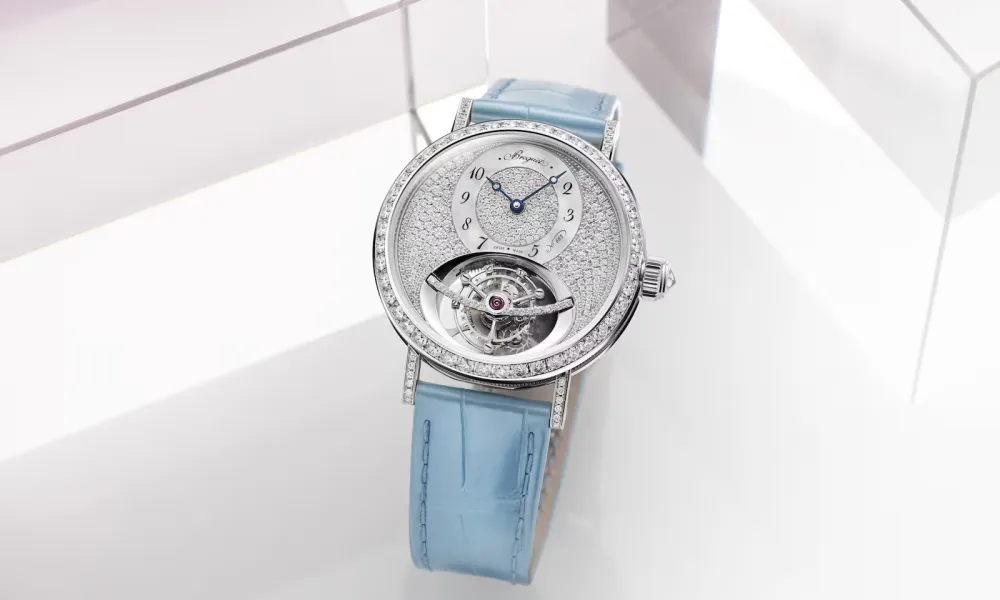
Luk Fook’s same-store sales fell 37% in the second fiscal quarter amid protests in Hong Kong and the continued impact of the US-China trade war.
Total same-store sales — at Luk Fook outlets open for more than a year — in Hong Kong and Macau dropped 39% in the three months ending September 30. Same-store gold sales plunged 46%, while gem-set-jewelry purchases slid 26%. The figures are for shops the jeweler operates itself, excluding franchises.
The decline was the “result of high gold prices, high base effect, together with the substantial decline in the number of visitors to Hong Kong due to recent ongoing social activities,” the company noted. “Both the sales volume and average selling price of gem-set jewelry products saw a double digit drop.” Luk Fook is negotiating its rental agreement with all of its landlords in Hong Kong to avoid having to cut jobs, it said.
Overall same-store sales in mainland China slipped 25%, with revenue from gold products falling 28% and gem-set jewelry dropping 18%. While stores in mainland China showed some improvement in the first two weeks of October, sales in Hong Kong and Macau declined even further after the close of the quarter, as the tourism rate to the area continued to descend, the retailer noted. The most recent figures, reported for August, showed a 42% drop in mainland visitors to Hong Kong, according to data from the Hong Kong Tourism Board.
At the end of the quarter, Luk Fook had 210 self-operated stores, of which 136 were in mainland China, 51 in Hong Kong, 12 in Macau and 11 in other locations. The retailer also has 1,745 licensed shops.
Source: DCLA




